Best
Beginner Saxophone
-
Overall: Beautiful Look And Rich Tone With A Gold Lacquer Finish
-
Best Feature: Includes case & high-quality 4C mouthpiece
-
TedScore™: 9/10
Best
Overall Bassoon
-
Overall: Full German key system with silver-plated keys
-
Best Feature: German bell with an attractive synthetic-ivory ring
-
TedScore™: 9/10
Best
Overall Saxophone
-
Overall: Designed With A Gorgeous Gold Lacquer Finish With Engraving
-
Best Feature: Includes Rousseau JDX mouthpiece and Rovner ligature.
-
TedScore™: 8.5/10
Comparing the fantastic world of woodwind instruments, I’ve always seen the “Bassoon Vs Saxophone” debate as a musical back-and-forth.
These two reed instruments, each with a unique sound, offer a wide range of experiences in jazz, pop, and formal orchestral music.

When I picked up the saxophone for the first time, its bold sound made me feel confident as I breezed through jazz improvisations. Switching to the bassoon felt like unlocking the secrets of a majestic castle – it brings a rich, deep sound to the heart of an orchestra.
Let me tell you how each instrument has a unique sound, adding to the music we enjoy.
By the end, you’ll not only know the difference between a bassoon and a saxophone, but you might even feel like starting your musical adventure!
Instrument Overview and Characteristics

Exploring the saxophone and bassoon feels like stepping into a woodwind family reunion. These two instruments boast unique features and fascinating histories that make them shine in any musical setting.
Physical Structure and Design
BASSOON
I find it rather intriguing because of its long, wooden body, which comprises six pieces, including the bell and a curved metal tube called a bocal.
It’s a double reeds instrument, meaning it uses two pieces of cane vibrating against each other.
Its complex design has multiple key mechanisms to cover the tone holes, allowing it to produce deep and rich sound.

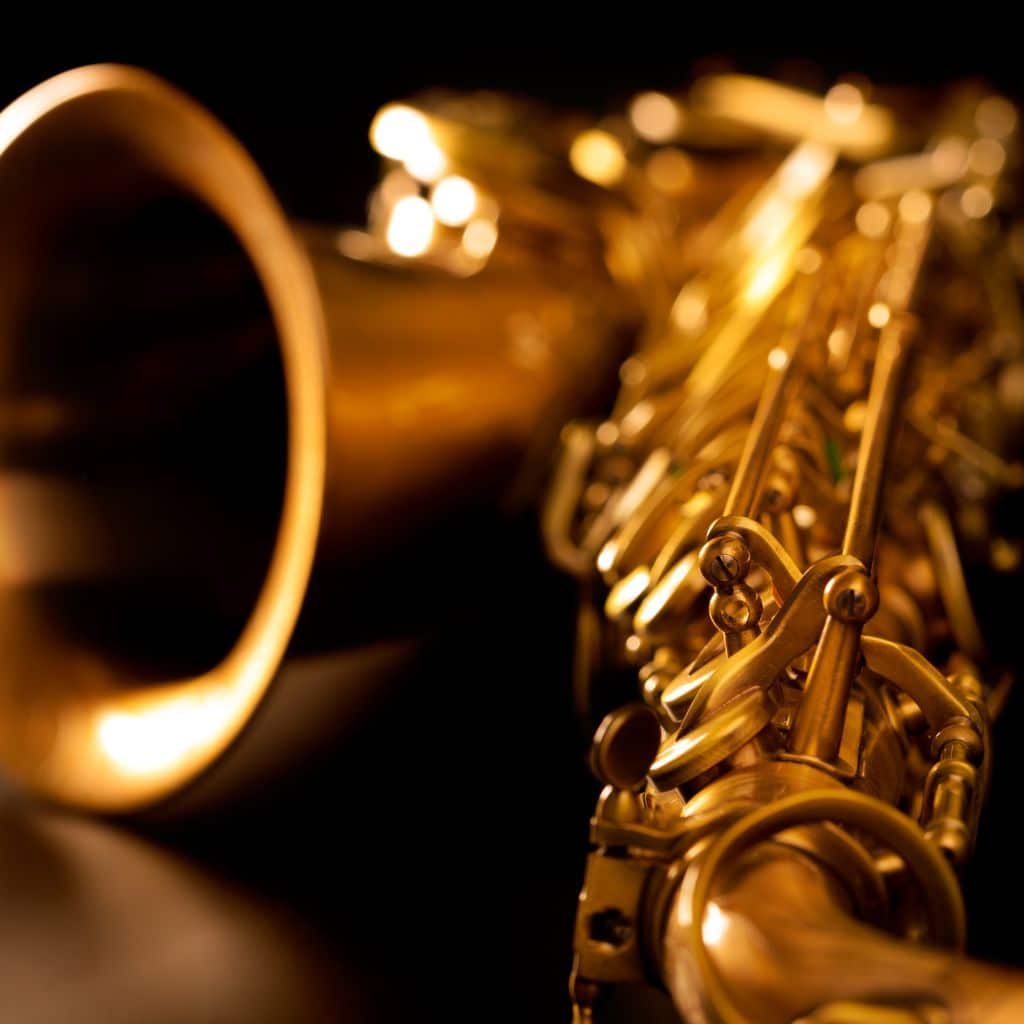
Saxophone
On the flip side, the saxophone is a gleaming member of the woodwind family. Although often made of brass, it’s distinguished by its single-reed mouthpiece.
The sax comes in various sizes, including soprano, alto, tenor, and baritone, all sharing a conical bore that flares into a bell.
Its key system is operated by the fingers, which allows musicians to swoon audiences with jazzy vibrato and sharp articulation.
Sound Production and Range
Bassoon
My lips and breath work together to bring the bassoon’s double reed to life, producing a resonant and warm sound.
The bassoon’s range spans four octaves, providing lush bass lines and intricate melodies, often acting as the orchestra’s backbone.
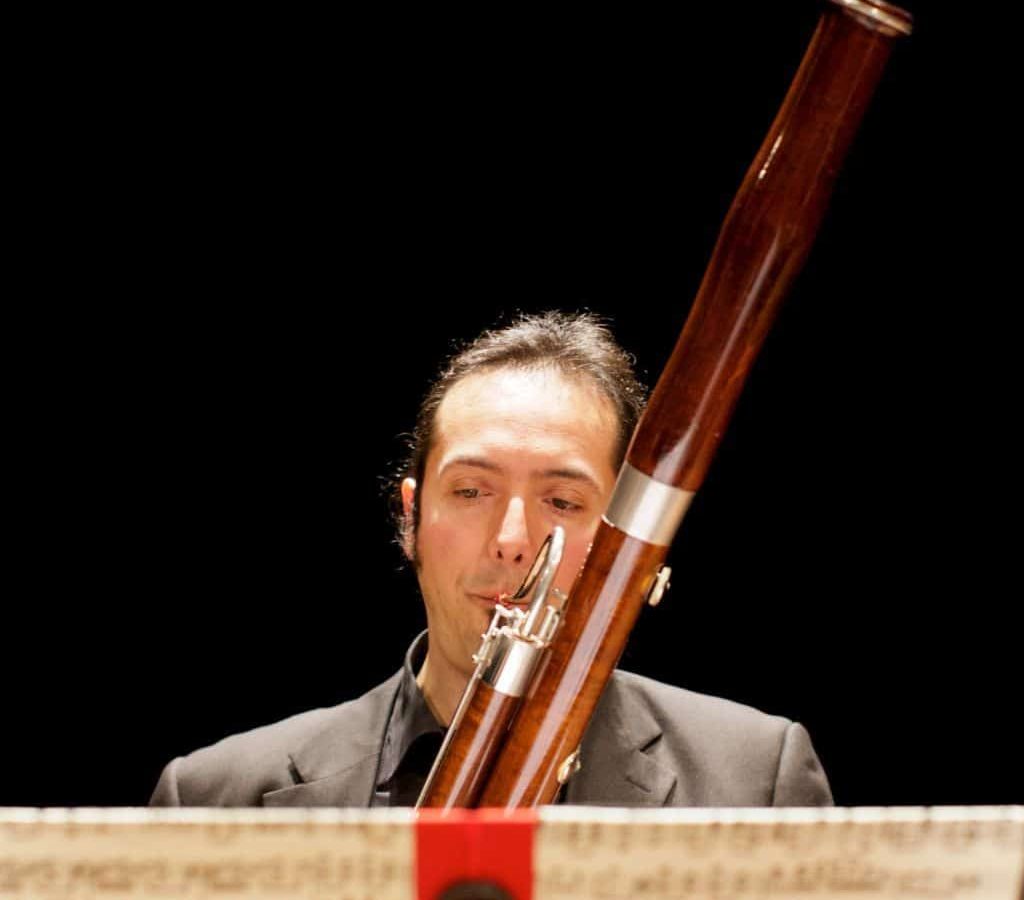
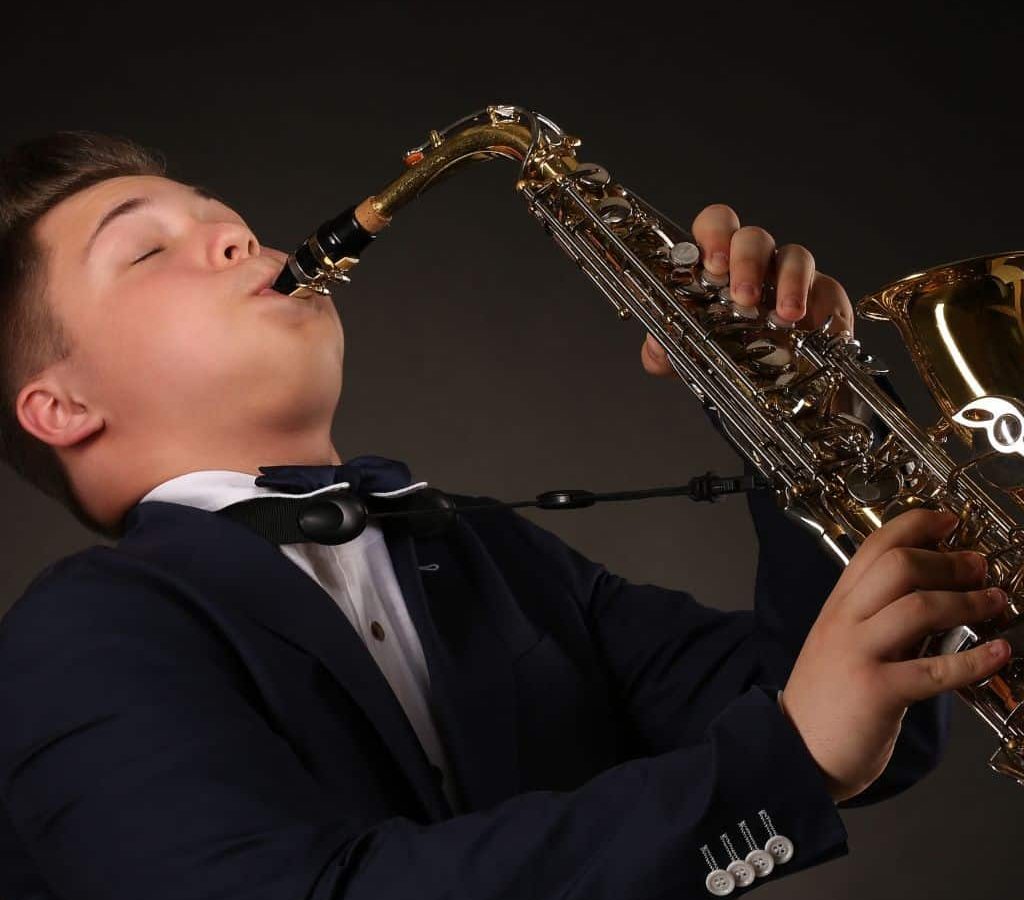
Saxophone
As a saxophonist, I shape sounds through the single reed and my embouchure, which gives life to the saxophone’s vibrant and expressive tone across its two-and-a-half octave range.
Whether belting out the lowest growls or hitting the sweetest high notes, the sax’s voice is unmistakable.
Playing Techniques and Learning
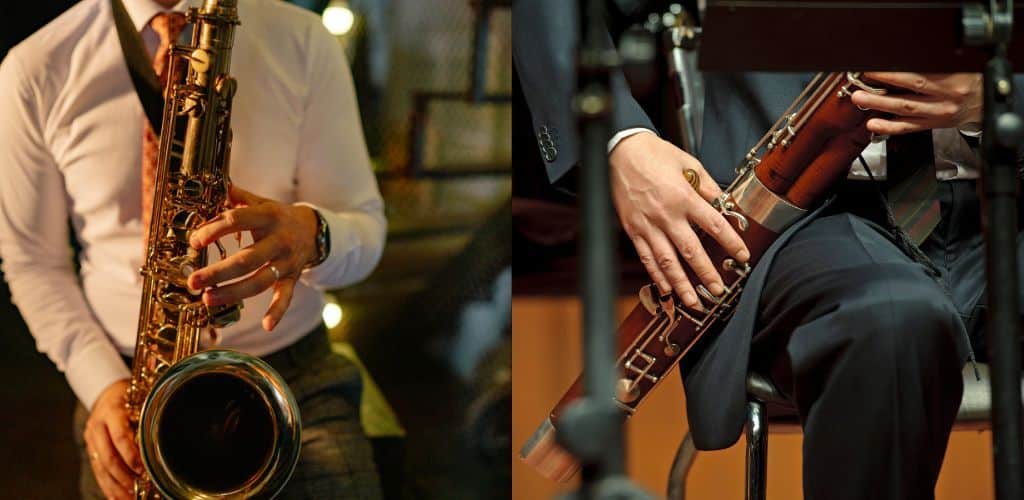
It’s enchanting to discover their unique quirks and characteristics.
From the warm depths of the bassoon’s timbre to the saxophone’s alluring jazz appeal, each instrument demands distinct playing techniques and learning styles.
Fingering Systems and Notation
Learning the fingering for each instrument is like picking up a new language—both tricky and exciting. The bassoon uses the Heckel system with many keys and combinations, feeling like a hands-on puzzle to create those deep bass clef notes.
On the other hand, the saxophone has a simpler fingering system, letting it play different music styles, smoothly switching from calming classical sounds to lively rock and pop beats.
Bassoon embouchure is crucial for producing a clear and resonant tone. Unlike the bass clarinet, the bassoon uses the treble clef, and players often use a seat strap to support the instrument’s weight.
The bassoon, compared to the bass clarinet, requires more air support and is typically played with a neck strap to help support the weight and balance of the instrument.
Top Choices for Saxophone
Yamaha YAS280 Student Alto Saxophone
Yamaha, specifically the YAS-280, is celebrated for its reliability and ease of play, an excellent mate for those starting.
Yamaha YAS280 Student Alto Saxophone

PERFECT FOR: Student saxophone players
FEATURES: Beautiful look and rich tone with a gold lacquer finish
OTHER INFO: Easier response from lower notes with the improved, stronger B-C# mechanism
Yamaha YAS280 Student Alto Saxophone
- Register for a 5-year extended warranty and 3-month Tomplay Premium
- Includes case & high-quality 4C mouthpiece
- Yamaha quality creates the best student saxophone
- You might want to upgrade as you advance your playing skills
When you click ‘Check Price’, you’ll see there are loads of great places to buy this item. Our personal favorite is Sweetwater for the US, and Thomann and Gear4Music for the UK & Europe.
They are the largest music retailers, with excellent customer service, competitive prices, really fast shipping, and the longest guarantees.
The professional musician who wrote this article combined many things,
from the product build, manufacturer’s reputation through to feedback
from other users, to create our famous TedScore™.
Conn-Selmer PAS380 Premiere Alto Saxophone, Lacquer
With a history as rich as a cup of proper English tea, Conn-Selmer Saxophones is the crème de la crème, adored by professionals worldwide.
Conn-Selmer PAS380 Premiere Alto Saxophone
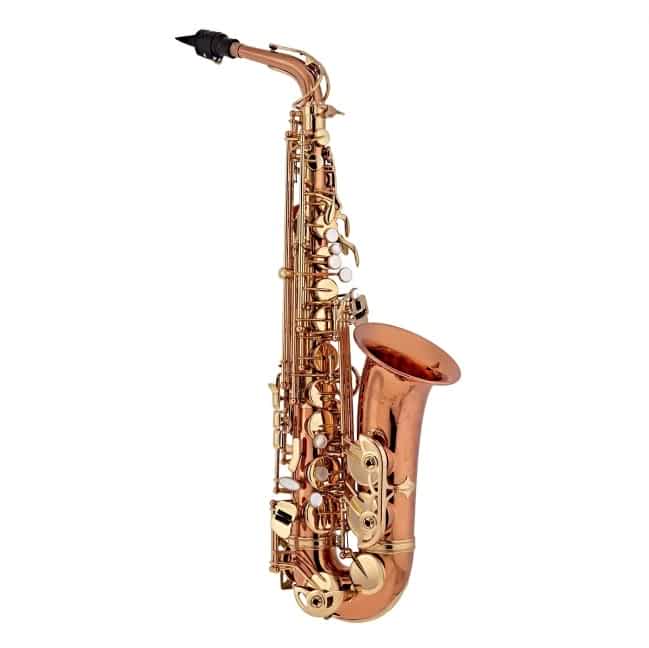
PERFECT FOR: Advancing student saxophone players
FEATURES: Designed with a gorgeous gold lacquer finish with engraving
OTHER INFO: With adjustable mechanisms and keys
Conn-Selmer PAS380 Premiere Alto Saxophone
- Offers bright sound and effortless playability
- Includes Rousseau JDX mouthpiece and Rovner ligature
- Produces a warm and rich sound which can be used for all genres of music
- The vintage unlacquered finish may require more maintenance to keep it looking its best
When you click ‘Check Price’, you’ll see there are loads of great places to buy this item. Our personal favorite is Sweetwater for the US, and Thomann and Gear4Music for the UK & Europe.
They are the largest music retailers, with excellent customer service, competitive prices, really fast shipping, and the longest guarantees.
The professional musician who wrote this article combined many things,
from the product build, manufacturer’s reputation through to feedback
from other users, to create our famous TedScore™.
Reliable Bassoon Brands
Fox Renard Model 222D Student Bassoon
Fox bassoons are the versatile chameleons of the music scene. Whether you’re a budding student or a professional, Fox has a bassoon that feels like it’s been tailored just for you.
Fox Renard Model 222D Student Bassoon
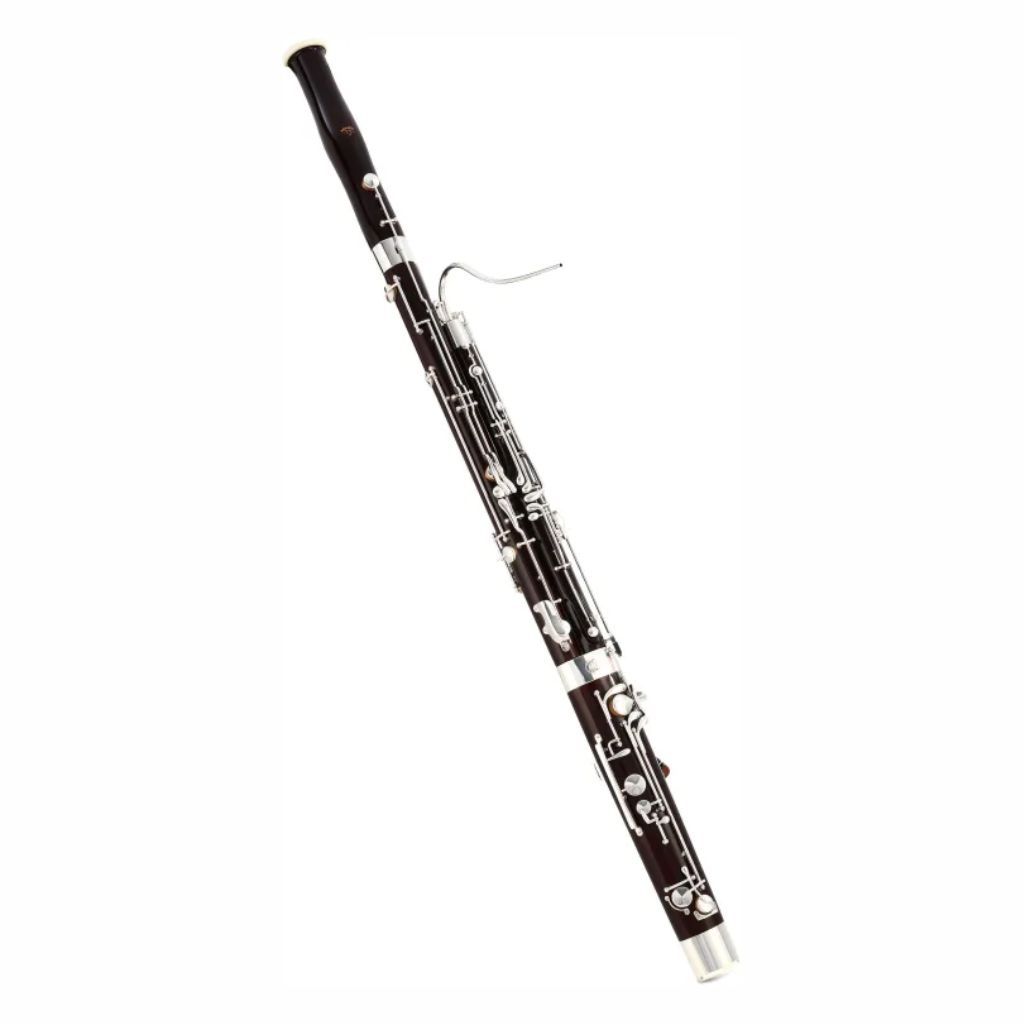
FEATURES: Full German key system with silver-plated keys
OTHER INFO: German bell with an attractive synthetic-ivory ring
- Comes with a premium case with shoulder and backpack straps
- Higher compared to some entry-level student models
When you click ‘Check Price’, you’ll see there are loads of great places to buy this item. Our personal favorite is Sweetwater for the US, and Thomann and Gear4Music for the UK & Europe.
They are the largest music retailers, with excellent customer service, competitive prices, really fast shipping, and the longest guarantees.
The professional musician who wrote this article combined many things,
from the product build, manufacturer’s reputation through to feedback
from other users, to create our famous TedScore™.
Jupiter JBN1000 Student Bassoon
Jupiter, now there’s a name that sings of artisanal craftsmanship. Every Jupiter bassoon has its character, like a well-aged cheese with a distinct, mesmerizing flavor.
Jupiter JBN1000 Student Bassoon
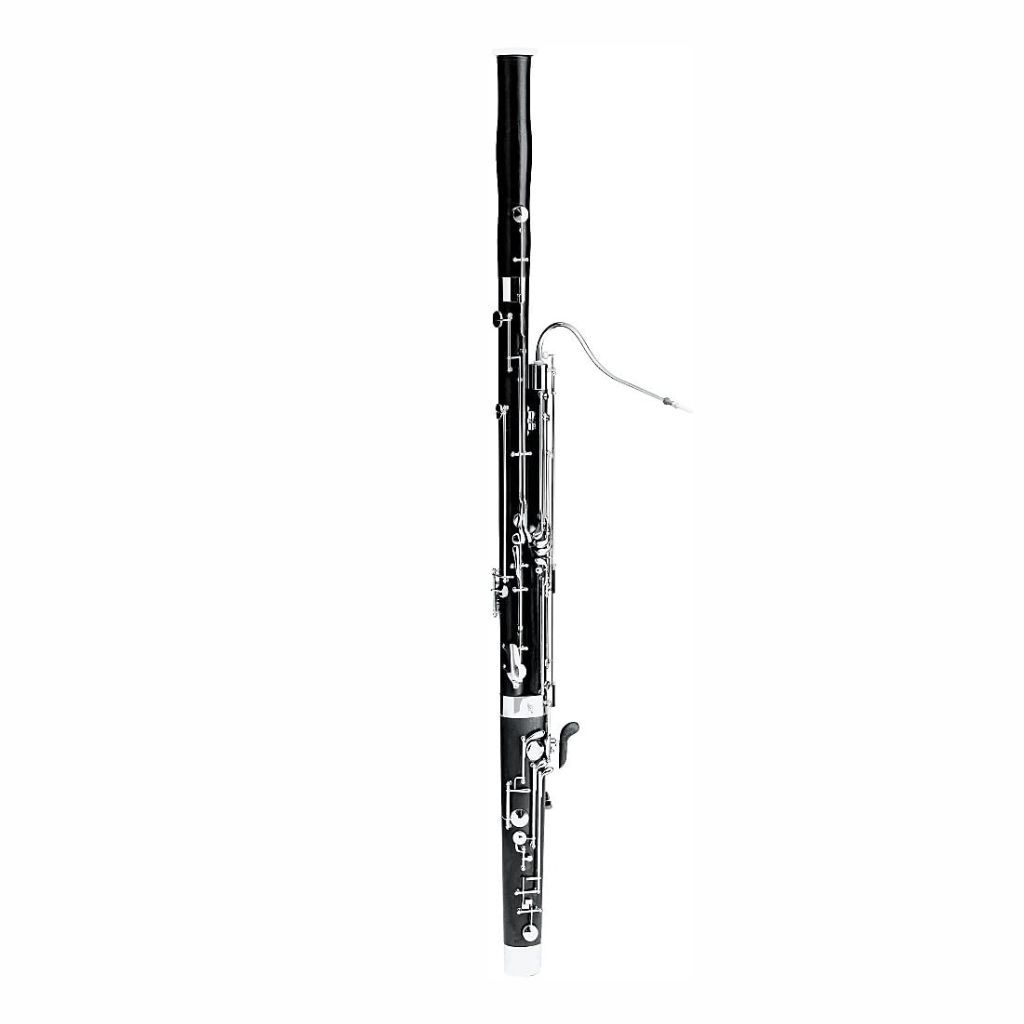
FEATURES: ABS resin body provides a wood-like sound
OTHER INFO: Full German key system with silver-plated keys with High D and plateau C keys
- Includes an attractive wood-frame carrying case
- Limited tonal complexity and projection
When you click ‘Check Price’, you’ll see there are loads of great places to buy this item. Our personal favorite is Sweetwater for the US, and Thomann and Gear4Music for the UK & Europe.
They are the largest music retailers, with excellent customer service, competitive prices, really fast shipping, and the longest guarantees.
The professional musician who wrote this article combined many things,
from the product build, manufacturer’s reputation through to feedback
from other users, to create our famous TedScore™.
Bassoon Vs Saxophone:
Core Insights
Deciding between a bassoon and saxophone is like choosing your favorite ice cream flavor: they’re both great but different!
The bassoon’s warm, velvety sound adds a cozy touch to any music group. On the other hand, the saxophone is the life of the party with its lively mid-range sound that can groove with the best of them.
So, whether you’re into the soothing depth of the bassoon or the saxophone’s lively charm, both instruments have their place on stage. They each have their own stories, and who doesn’t love a good tale?
So, grab one, and let’s make some toe-tapping tunes or heart-fluttering melodies!
Hold up, we’re not finished yet…
Explore this article to find the best soprano saxophone that suits your musical needs and preferences.
FAQ's
The bassoon is often considered one of the most challenging instruments due to its complex fingering system, unique embouchure, and demanding breath control.
Switching from saxophone to bassoon requires adaptation to a different embouchure, fingering system, and posture, making it a challenging transition that may require dedicated practice and adjustment.
The bassoon’s relative complexity, physical demands, and limited repertoire in popular music genres contribute to its lower popularity than other instruments.
Yes, the bassoon is often considered the lowest-pitched woodwind instrument in the orchestra.











While I find the article’s attempt to demystify the playing techniques of the bassoon and saxophone commendable, I believe a deeper analysis into the historical context of each instrument’s development could greatly enhance the reader’s understanding of their unique characteristics. Furthermore, juxtaposing these instruments solely on the basis of their physical attributes and sound production might oversimplify the rich cultural significance and versatility they bring to different music genres. Does not the saxophone’s prevalence in jazz speak volumes of its adaptability and expressive capacity, contrasting with the bassoon’s classical resonance? I look forward to a follow-up discussion that might delve into these aspects.
love love LOVE the part about the saxophones, especially seeing the Yamaha YAS280 getting some well-deserved spotlight. been playing bari sax for years and Yamaha’s always been super reliable. for anyone on the fence, they’re a solid choice not just for beginners but for anyone looking for quality without breaking the bank. btw
Alexandra, your take on the conn-selmer was spot on too, they’re underrated but such gems!
Great overview on the bassoon and saxophone! I’ve played both, and your insights really resonate with my experience. The nuanced discussion on sound production differences is something more people should talk about. It’s these intricacies that make mastering either instrument so rewarding.
Totally agree, there’s nothing like the feel of mastering those subtleties. It makes all the practice worth it.
cool rundown on the Yamaha sax, eyeing that for awhile now. worth the investment?
loved the part about the saxophone choices, super useful. Yamaha YAS280 is a legit choice for beginners, helped me ace my band tryouts. big thanks!
While I value the insights shared on bassoon and saxophone characteristics, I believe the article’s comparison may overlook some of the nuanced differences in embouchure development required for each instrument. Each has its unique demands that extend beyond simple fingering or sound production.
Hey Alexandra Davidson, gotta say that diving into the differences between the bassoon and saxophone is super helpful for folks like me trying to decide what to pick up next. I’m curious about how you’d compare the learning curves for these two instruments. Which one would you say is more beginner-friendly? I’ve heard the saxophone might be a bit easier to start with because of its fingering system, but I’m drawn to the unique sound of the bassoon. What’s your take on this?
hey Alexandra Davidson, just read your piece on bassoons and saxophones and it got me thinking. ive been playing the alto sax for like, 3 years now and the bassoon’s kind of caught my eye. the way you described its sound production and range is super interesting. totally different vibe from the sax, right? do you think it’s a crazy jump to make? anyone else made this switch and has some advice?
The transition involves unique challenges, particularly in fingering systems and air support. Yet, it’s an enriching experience musically. Highly recommend trying.
Not crazy at all! I made the switch in my first year of college. There’s a learning curve, but if you’re passionate, absolutely go for it!